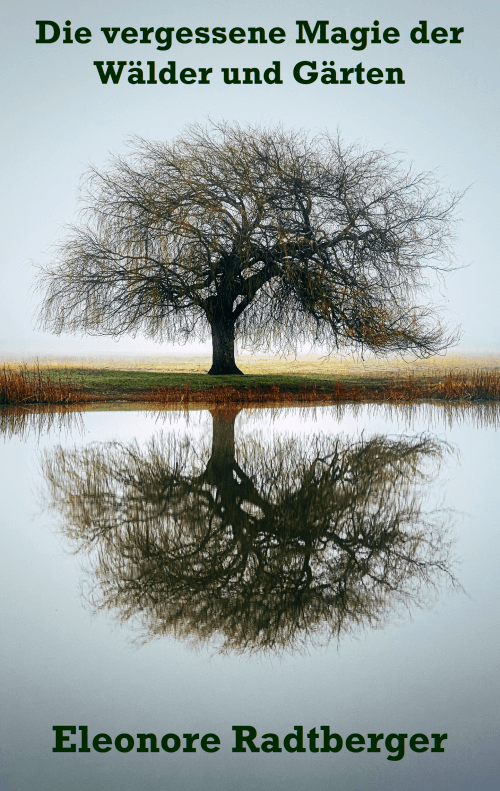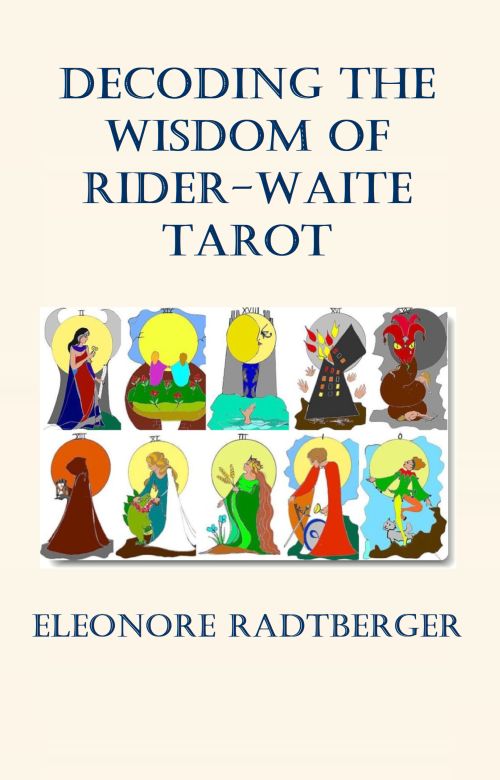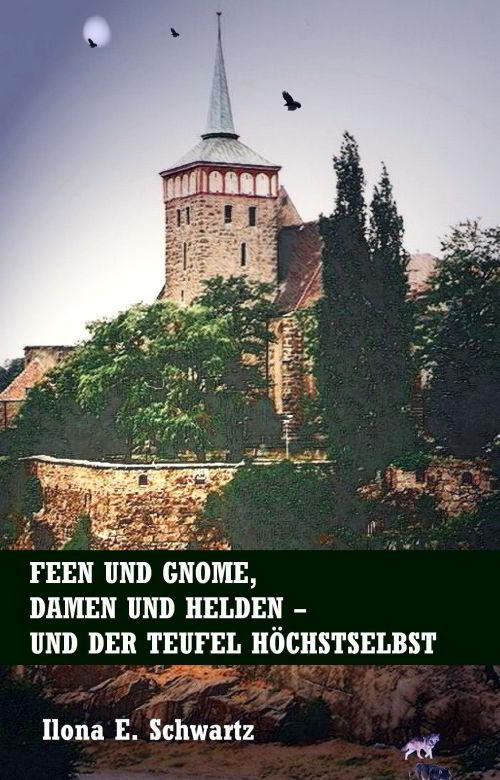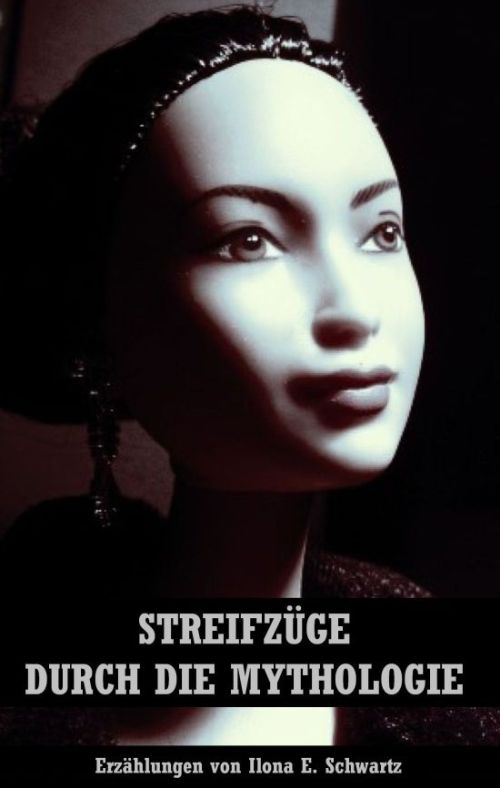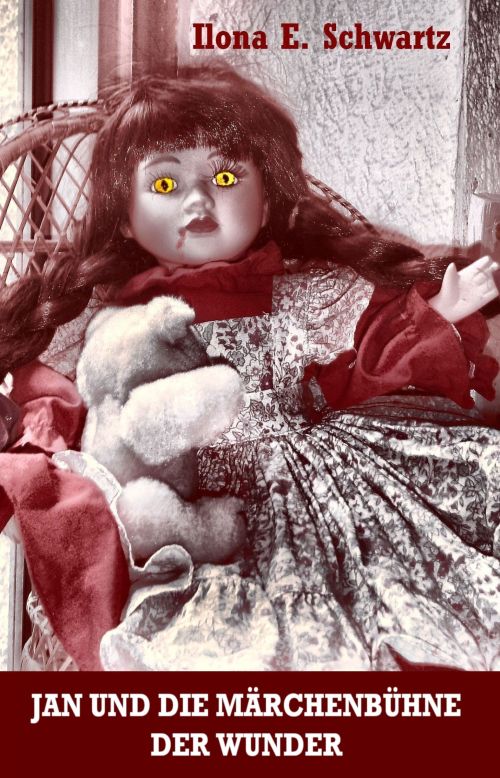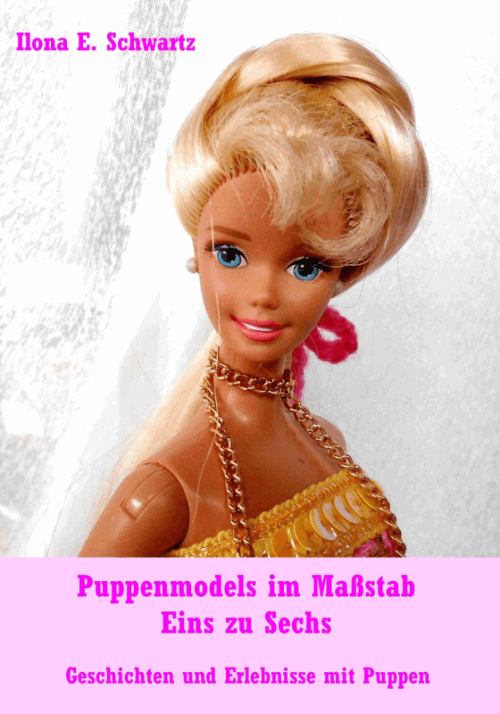
|
Using Tarot cards as a guide and aid for decision-making
Explore the wisdom of the Rider-Waite deck
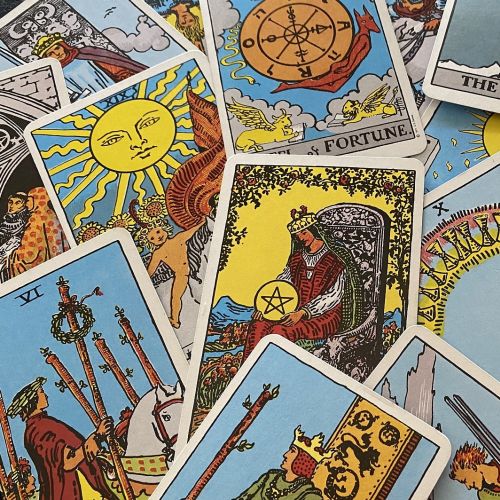
The Rider-Waite Tarot deck: This mysterious set of cards has experienced a renaissance time and again. They have been known and appreciated since the Middle Ages, and this remains true to this day.
While their exact origins remain shrouded in mystery, it seems certain from a historical perspective that the French origin of the name is connected to the word 'Tarock', which refers to a popular card game. This word actually means 'trump', and people still sometimes refer to the trump cards of the Tarot today. In fact, a Tarot deck could be used for a regular card game, as it has four suits, trumps and numbered cards, and usually comprises 78 cards.
After all, traditional skat cards are also used for fortune-telling. The trumps correspond to the colours of the Tarot or have evolved from them. For instance, the sticks or lances became clubs, the cups or goblets became hearts, the coins or pentacles became diamonds, and the swords became spades. While these are the facts, they do not explain the meaning of the Tarot.
Those involved in divination would never simply call a deck a pack of cards because it is much more than that. Many esotericists also refer to the Tarot as the 'Book of Thoth', after the Egyptian god of wisdom and writing. Many experts trace the Tarot's origins back to the Egyptian Mysteries and the Jewish Kabbalah. This book contains all the knowledge of the cosmos, and its arrangement can reveal new truths. In a sense, it is an interactive book that reacts to whoever reads it.
This series of essays was first published in the German Tarot book "Das große Tarot-Buch", which is available in paperback and Kindle versions, as well as a PDF, ePub or Mobi file.

This is reminiscent of the magic cauldron in old fairy tales that is never empty and contains something different for everyone – namely, exactly what they need at that moment. There is some truth in this, because the symbols on the cards are ancient and archetypal. This primarily applies to the twenty-two 'big' cards, the 'Major Arcana'. In some decks, these are the only cards with pictures, although most variations of the 'minor' cards now have pictures too. Accessing the cards is much easier if the subconscious reacts to the pictorial symbols.
Of the 78 cards in a deck, the twenty-two Major Arcana – the word 'Arcana' means 'secrets' – are the most important. Some decks consist only of these twenty-two 'trumps', as many esotericists believe them to represent the true essence of the Tarot. The Major Arcana contain all the knowledge that can be communicated to the questioner. According to this view, the remaining cards, i.e. the Minor Arcana, provide more of an accompanying context.
Many laying systems use only the Major Arcana completely dispensing with the Minor Arcana. The order of the twenty-two Majors is not random; it is based on ancient knowledge and tradition, even though the Tarot as we know it today has only been in use since the Middle Ages. The power of symbolism connects with the subconscious, even if we are unaware of it.
As well as personal symbols – for example, a cat may have different meanings for different people – there are also archetypal symbols that have a universal meaning. Although modern people react differently to pictorial representations than people in ancient and prehistoric times did, their subconscious still understands the hidden messages of symbolism, which often manifest in dreams. Dreams rarely feature machines, bits and bytes, but rather wild animals and natural elements – expressions of the soul that unite all periods of human life and are not bound by linear time.
While symbols may change – for example, a horse-drawn carriage in a dream might now be a bus – the basic idea remains the same. When you look at a Tarot card, you don't need to understand the symbolism immediately – it still speaks to you. However, this also depends on how much of the original meaning is still present. There are thousands of beautiful decks, some of which have little to do with the original Tarot except for the numbers and names.
The design of the cards is irrelevant, and which deck the buyer chooses is up to their personal taste – just make sure the message isn't distorted. You can buy special 'love Tarot' or astrological decks, for example, because the cards communicate everything you need to know, whether it's about matters of the heart or finances. You don't need a different deck for every occasion – just choose one carefully. For beginners, the traditional Rider-Waite deck is usually recommended as its clear, appealing images make it easy to understand. The same applies to the beautifully designed Crowley Tarot. Once you have learnt the language of the cards, you can use almost any good deck, choosing based on aesthetic criteria alone.
So, what can the Tarot do for us? The answer is: 'What do we want it to do for us?' If you are simply looking for fortune-telling cards: 'There's a dark-haired man next to you and you're going to lose that lawsuit', then perhaps you should look elsewhere. There are special oracle cards designed for this purpose, such as Mademoiselle Lenormand's cards or the so-called 'Kipper Cards'. This doesn't mean that the Tarot can't do this – it can. However, this is not why people are interested in it.
If 'fortune telling' means telling the truth, then you won't be disappointed. It is more important to analyse the present situation than to predict events in the near future. Where do I stand, and how did I get here? What will happen if I behave in this way or that? Why do I keep getting into these situations, and how can I break the cycle? I am faced with a decision and need help. I don't know how to resolve this issue or that one.
The Tarot reveals unpleasant truths – it simply tells the truth. It is an excellent decision-making aid and can also be used for analysis, dream interpretation, counselling and meditation. It is, of course, also an oracle and much more besides. However, it should be no more than an aid, because the ability to change or act lies within us. The cards show us the possibilities; they are not the purpose. ... End of excerpt.
Would you like to find out more? Eleonore's book offers valuable guidance on using Rider-Waite Tarot cards. You can read some excerpts here:
– About mistakes and misunderstandings when dealing with Tarot cards
– How to interpret the hidden significance of Tarot cards: The Major Arcana
– Cards of the Major Arcana: The Magician – The High Priestess – The Empress
– Try swinging a pendulum. Communicate with your inner self
– Cards of the Major Arcana: The Emperor – The Hierophant – The Lovers
– Cards of the Major Arcana: The Chariot – Justice – The Hermit
– Cards of the Major Arcana: Wheel of Fortune – Strength – The Hanged Man
– Cards of the Major Arcana: Death – Temperance – The Devil
© 'Using Tarot cards as a guide and aid for decision-making. Explore the wisdom of the Rider-Waite deck': An essay by Eleonore Radtberger (translated by Izabel Comati), 06/2025. Image credit: The Rider-Waite Tarot Deck, CC0 (Public Domain Licence).
– Short story: The Dalai Lama and the billiard table
– The Potential Dangers of Artificial Intelligence (AI)
– The Mystery of the Detective Agency Tailor and Morsky
Discover more articles! Use the search function:
English archive:
More reviews, book presentations and essays
2024/2025
German archive:
2024 |
2023 |
2022 |
2021 |
2020 |
2019 |
2018 |
2017 |
2016 |
2015 |
2014 |
2013 |
2012 |
2011 |
2010 |
2009
Become a writer for Pressenet! Write articles for our online magazine on trending topics such as best books to read, health and wellness, technology and gadgets, business and finance, travel and tourism, lifestyle and fashion or education and career. Info: Become an author
Sponsors and investors are welcome: If you found our articles interesting, we would be grateful for a donation. Please also recommend us to your networks. Thank you very much!
Sitemap About Privacy Policy RSS Feed
